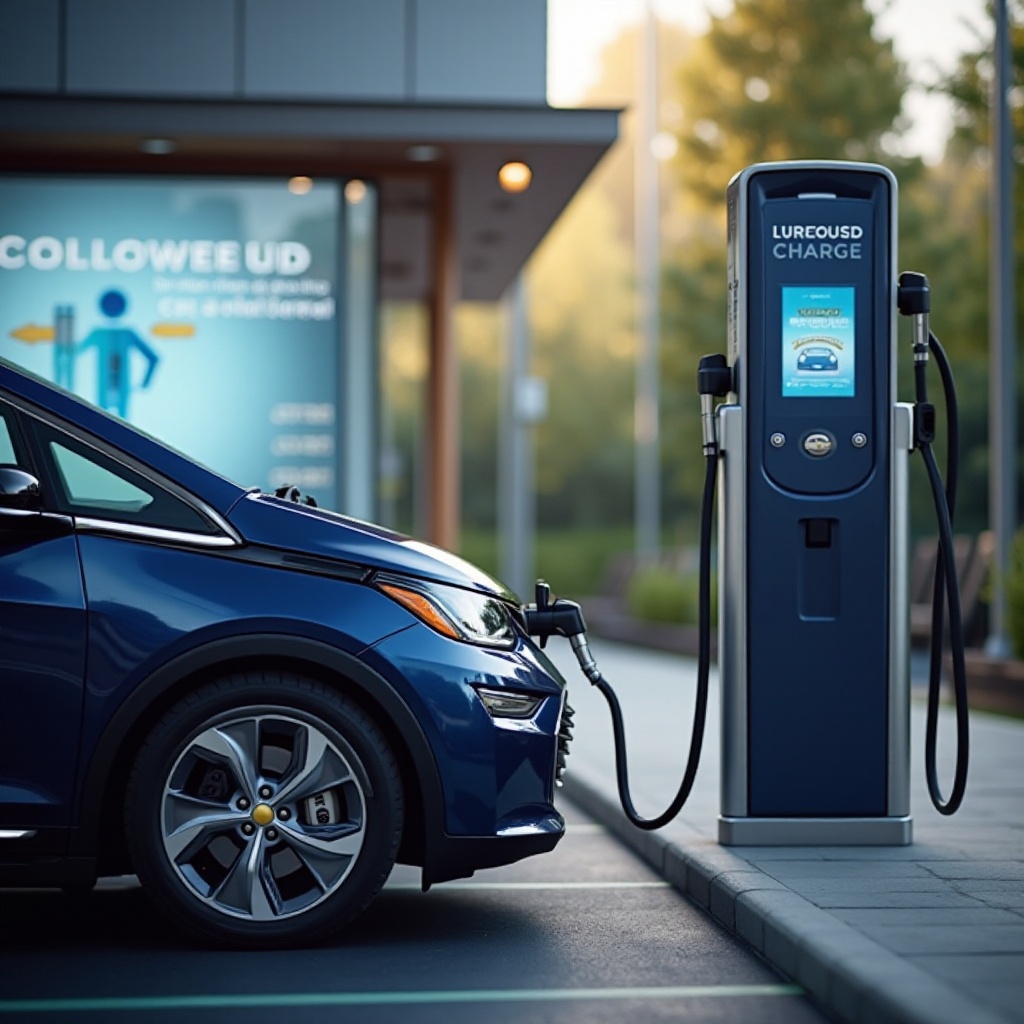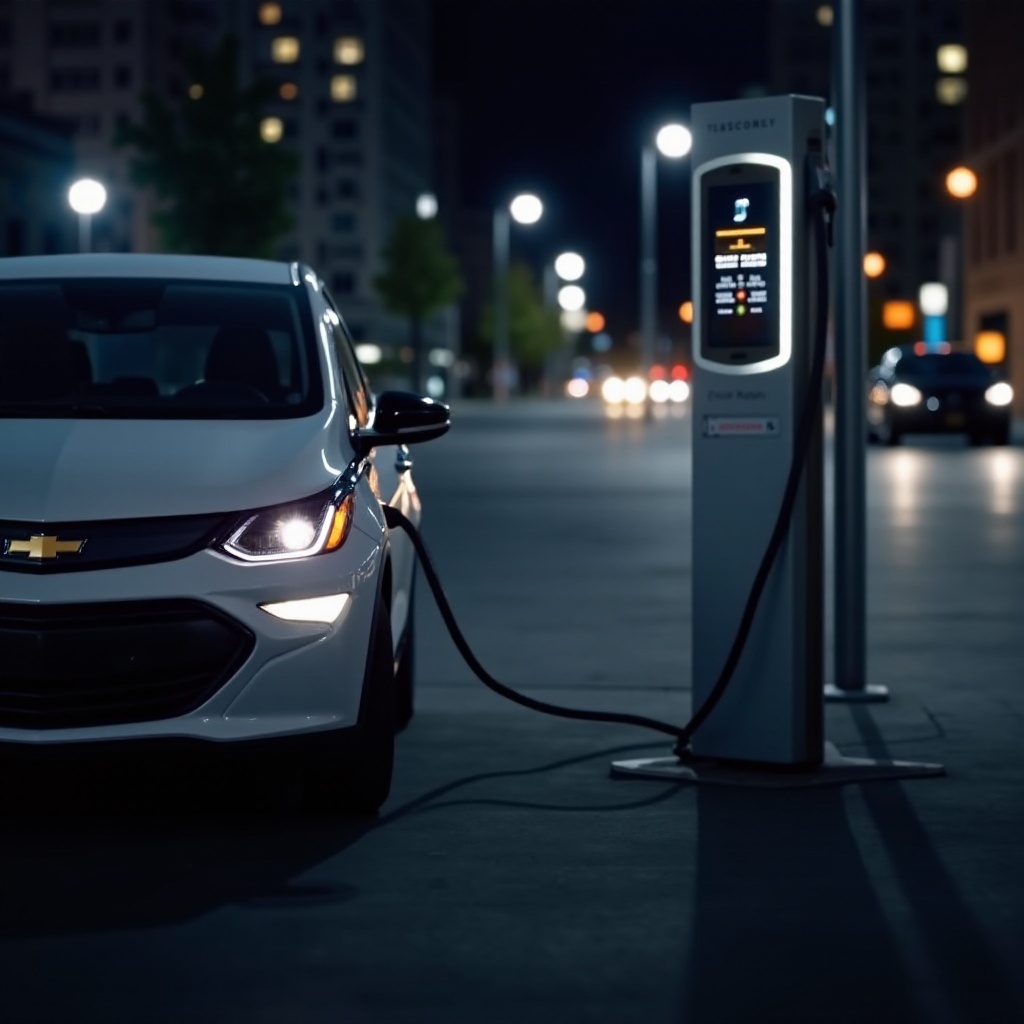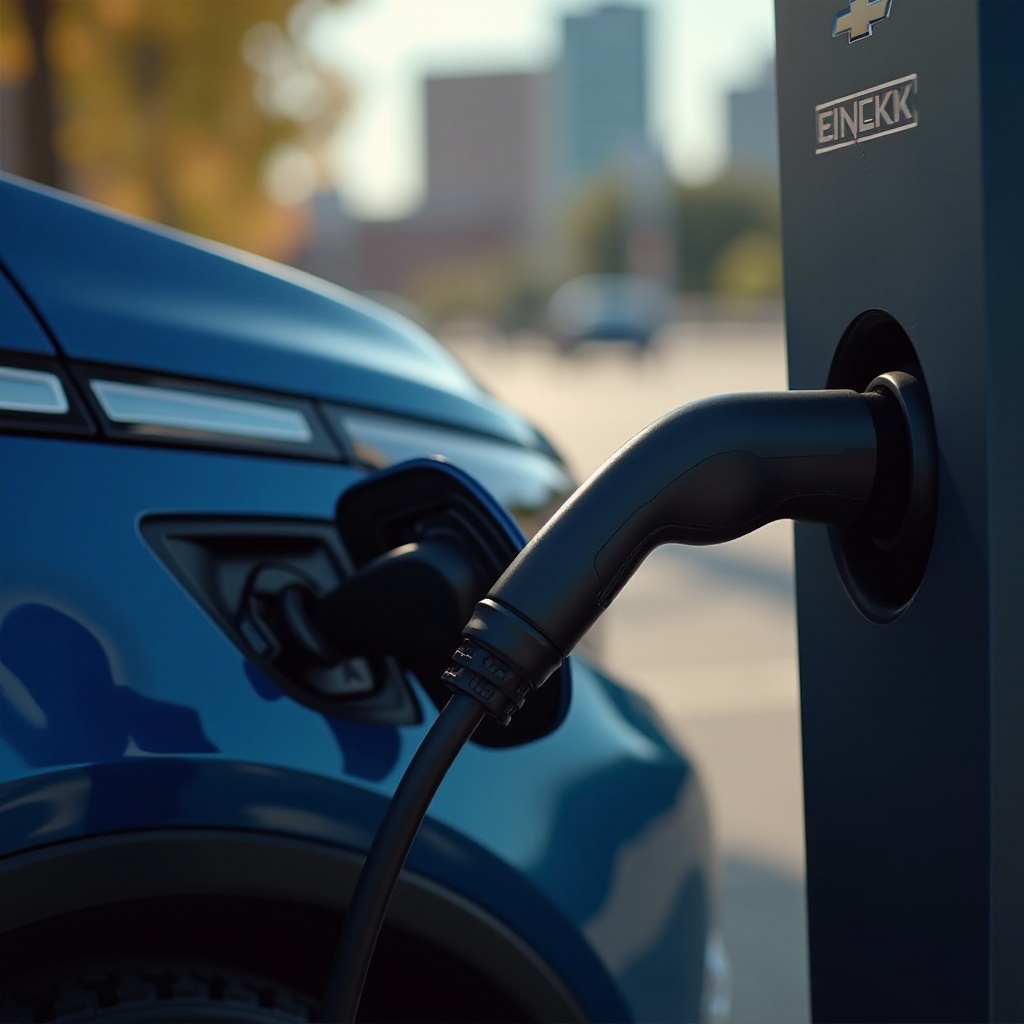Introduction
Electric vehicles (EVs) are reshaping the automotive landscape, and the Chevy Bolt stands out with its impressive performance and range. A key aspect enhancing the practicality of EVs, including the Chevy Bolt, is the DC fast charging rate. This feature allows drivers to recharge their vehicles quickly, ensuring less downtime and more time on the road. Understanding the Chevy Bolt’s DC fast charging rate and how to maximize it can significantly impact your overall driving experience.
In this article, we will delve into the details of the DC fast charging process, the specific rate for the Chevy Bolt, and various factors that influence this rate. Additionally, we’ll provide practical tips for efficient charging and compare the Chevy Bolt’s charging rate with competing EVs. Lastly, we’ll look to the future developments in EV fast charging technologies, helping you stay informed and prepared. By the end, you’ll have a comprehensive understanding of maximizing your Chevy Bolt’s charging efficiency.

Understanding DC Fast Charging
Direct Current (DC) fast charging is a critical technology for electric vehicles, designed to significantly reduce the time it takes to recharge a car’s battery. Unlike alternating current (AC) chargers, which convert power from AC to DC inside the vehicle, DC fast chargers deliver power directly to the battery, bypassing the onboard charger and minimizing conversion inefficiencies.
DC fast chargers are typically found in public charging stations and deliver high voltage levels, usually ranging from 200 to 800 volts. The power output of these chargers can vary widely, from 50 kW to over 350 kW in some high-end models. This capability allows EVs like the Chevy Bolt to gain substantial battery charge in a matter of minutes instead of hours.
The speed at which an EV can charge using a DC fast charger depends not just on the charger’s power output but also on the vehicle’s battery management system (BMS), the battery’s state of charge (SoC), and external factors such as temperature. Understanding these variables can help you maximize the efficiency of your charging sessions.

Chevy Bolt DC Fast Charging Rate Overview
The Chevy Bolt is well-regarded for its practical range, and its capability for DC fast charging is a significant advantage. On a DC fast charger, the Chevy Bolt can typically charge at a rate of up to 55 kW. This rate allows the Bolt to add approximately 100 miles of range in about 30 minutes under optimal conditions. This makes DC fast charging an excellent option for long trips, where quick stops for recharging can keep you on the move with minimal delay.
Factors Affecting Chevy Bolt’s DC Fast Charging Rate
While the Chevy Bolt’s maximum DC fast charging rate is impressive, several factors can influence the actual charging speed:
State of Charge (SoC): The SoC refers to the current charge level of the battery. Typically, DC fast charging is most effective when the battery is between 20% and 80% charged. Charging rates tend to slow down significantly as the battery approaches full capacity to prevent overcharging and ensure battery longevity.
Battery Temperature: The temperature of the battery can impact charging efficiency. Most EVs, including the Chevy Bolt, have a thermal management system to keep the battery within optimum temperature ranges. Extreme cold or heat can reduce the charging rate as the system works to maintain a safe operating temperature.
Charger Power Output: The power output of the DC fast charger you’re using also plays a role. While the Chevy Bolt can handle up to 55 kW, using a charger with a lower output will result in slower charging speeds.
Battery Age and Condition: Over time, the battery’s capacity and efficiency can degrade, which may also affect the charging rate. Proper maintenance and moderate driving habits can help prolong battery life.
Being aware of these factors can help you optimize your charging routines and ensure that you make the most of the available charging infrastructure.

Tips for Efficient DC Fast Charging
To get the best possible performance from your Chevy Bolt’s DC fast charging capabilities, consider the following tips:
Plan Your Charging Stops: Before embarking on a long trip, identify the locations of DC fast charging stations along your route. This can help you optimize your stops and reduce travel time.
Monitor Your SoC: Try to initiate charging when your battery is between 20% and 80% SoC. This range generally offers the fastest charging rates and helps preserve the battery’s health.
Avoid Extreme Temperatures: Charging in very hot or cold conditions can slow down the process. If possible, charge in shaded or temperature-controlled environments to maintain optimal battery temperatures.
Use High-Power Chargers: Whenever possible, use DC fast chargers that offer higher power outputs, but ensure they are compatible with your Chevy Bolt. Higher power outputs usually translate to faster charging times.
Keep Software Updated: Ensure your vehicle’s software is up to date. Manufacturers often release updates that can improve charging efficiency and battery management.
Frequent Short Trips: If you commonly drive short distances, try to use Level 2 chargers when possible to maintain battery health. Use DC fast chargers for long trips or when you need a quick charge.
By adopting these charging habits, you can maximize the efficiency of your Chevy Bolt’s DC fast charging capabilities and enjoy a smoother and more convenient driving experience.
Comparing Chevy Bolt Charging Rate with Competitors
When comparing the Chevy Bolt’s DC fast charging rate with other electric vehicles in its class, it’s essential to consider both charging speed and overall convenience:
- Nissan Leaf: The Nissan Leaf has a maximum DC fast charging rate of 50 kW. While similar to the Chevy Bolt, it slightly lags behind in terms of charging speed.
- Hyundai Kona Electric: The Hyundai Kona Electric supports DC fast charging at up to 77 kW, which is higher than the Chevy Bolt. This allows the Kona to charge more quickly under optimal conditions.
- Tesla Model 3: Tesla’s Model 3 excels with its access to the Supercharger network, offering charging speeds of up to 250 kW for the Long Range and Performance models. This significantly reduces wait times compared to the Chevy Bolt.
While the Bolt may not be the fastest in terms of charging rates, it remains competitive thanks to its balance of range, affordability, and practicality.
Future Developments in EV Fast Charging
The future of EV fast charging is bright, with advancements continuously being made to enhance convenience and performance:
Higher Power Outputs: Next-generation chargers are expected to offer greater power outputs, potentially exceeding 350 kW. This will significantly reduce charging times for all EVs, including the Chevy Bolt.
Wireless Charging: Inductive charging technology is developing rapidly and may soon provide a convenient, cable-free charging experience. This could transform how drivers recharge their vehicles and improve accessibility.
Battery Technology: Advances in battery technology, including solid-state batteries, promise faster charging times, increased range, and improved durability.
Keeping abreast of these developments can help you make informed decisions about your EV and its future upgrades.
Conclusion
Maximizing your Chevy Bolt’s DC fast charging rate involves understanding the underlying technology, knowing the factors that impact charging speed, and adopting efficient charging habits. While the Bolt’s charging capabilities are competitive, staying informed about future advancements ensures you continue to make the most of your EV. Efficient charging practices not only save time but also enhance your overall driving experience, making electric vehicle ownership even more enjoyable.
Frequently Asked Questions
How long does it take to charge a Chevy Bolt using a DC fast charger?
It typically takes around 30 minutes to add approximately 100 miles of range with a DC fast charger, given optimal conditions.
What factors can affect the Chevy Bolt’s charging speed?
Factors include the state of charge, battery temperature, charger power output, and the battery’s age and condition.
Is DC fast charging bad for the Chevy Bolt’s battery?
While DC fast charging causes more stress on the battery compared to slower charging methods, moderate use following best practices will minimize potential degradation.
